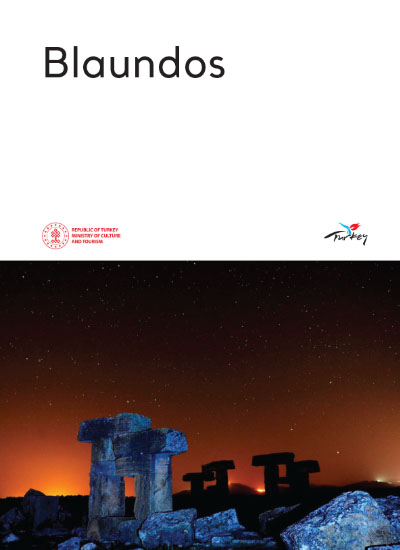The ancient city of Blaundus is situated within the borders of the Sülümenli village of Ulubey district, 40 km from Uşak. According to ancient sources, the city was founded by settlers who had migrated from Macedonia following the Anatolian Campaigns of Alexander the Great. An inscription, discovered in the 1840s, provides clear evidence that the city was known as "Blaundeon Macedonian." Following the death of Alexander the Great, the city the city was subsequently annexed by Antigonos, one of the eight generals and also known as Deokodos of Alexander. In 189 BC, the city was transferred from the Kingdom of Pergamon to the Roman Empire and played a significant role during the Roman period. In the 5th century BC, the city was connected to the Sebaste Diocese, which was a bishopric centre located within the borders of the Sivaslı District of Uşak. The city is situated on a peninsula, surrounded on three sides by deep and steep valleys. It boasts a number of significant architectural monuments, including a castle, temples, a theatre, a stadium and rock tombs. The city is accessed via a gateway in the north, which connects the peninsula to the mainland. The arch of the entrance gate of the city's northern walls, built in the Hellenistic period, is one of the architectural structures that have partially survived to the present day. The minting area, administrative buildings, the city walls, the Ionian temple, the temple of the Roman Emperor Claudius, the stadium with seating levels on only one side, the remains of the theatre on the southern slope of the city and the rock tombs situated in close proximity to it are also worthy of consideration.
BLAUNDOS ARCHAEOLOGICAL SITE


